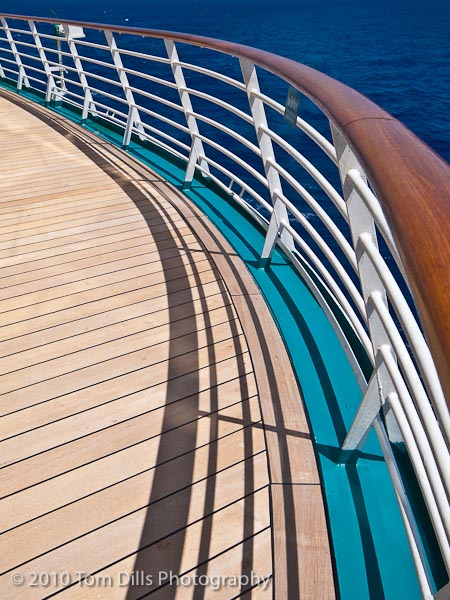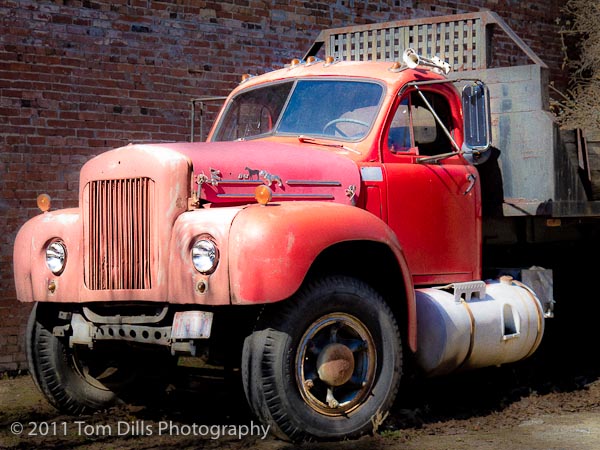
I recently received an e-mail from a photographer who said that he desperately needed my help, that he needed to free up space on his hard drive, and had to do it “that day, right now.” The e-mail came on a Thursday afternoon, I had just gotten home from work and had an already full evening and upcoming weekend, so there was no way I had time to try and help this guy for several days, let alone that very minute. I sent him an e-mail suggesting that he just move some of his photos to one of his external hard drives, then come back later and figure out a permanent solution. I never heard back from him so I assume he figured out his problem. I can’t help but think that there was a lot more to the story than he was letting on, and I had and still have a nagging feeling that his actual needs may have been well beyond my ability to help.
I understand that dealing with computers and digital files and managing our photographs can be very stressful. One of the things I liked about the film days was being able to pull out a binder, toss a couple of pages of slides or negatives onto a lightbox and look at them. The voodoo that has become digital photography is wonderful but sometimes it is scary as heck. And to do it right it is a lot of work!
In hindsight I consider myself very fortunate that I recognized early on, well before I had photos in dozens of folders in different locations on multiple hard drives and several computers, that there was enormous potential for mayhem. I’m not the most organized person in the world, but I have always subscribed to the idea of “a place for everything, and everything in its place.” My workshop is that way, my sock drawer is that way, and my photo files are that way.
Not everyone has the foresight to organize their work from the beginning, and once a workflow is established, no matter how haphazard it might be, it’s tough to change. I understand that. We gain a comfort level in the way we do things, and once we are comfortable it can be very scary to think about making a change. That is especially true when changing software, because not everything “translates,” there is often a steep learning curve and it can be really intimidating to think about changing our habits. I emphasize in my Lightroom teaching that everyone needs to learn enough about the pros and cons of the different choices that they can decide on the method that works best for them.
Things like full hard drives don’t happen overnight. I’ve been shooting with digital cameras for 7 years and have scanned slides from before that. My photo collection is tiny compared to a lot of people I know. I started with 250GB hard drives, stepped up to $500GM drives and now use 1TB drives. I’m just about ready to step up to the next size. You have to manage this stuff, and it’s an ongoing process. If you are the type of person who can live with disorganized files and don’t worry whether you can find stuff, you don’t have much of a problem. If you are the type of person who worries about every minute detail and has to have every contingency covered, you can drive yourself nuts. But if you take the time to think about it a bit, learn what the options are and get some expert advice it doesn’t have to be difficult. But don’t wait until you have 30,000 images and a full hard drive. Make ongoing evaluation part of your process, budget for newer and bigger hard drives and make sure you have a plan in case something goes wrong. You’ll be much happier in the long run and will have more time and attention for making photographs instead of worrying about managing your assets.








